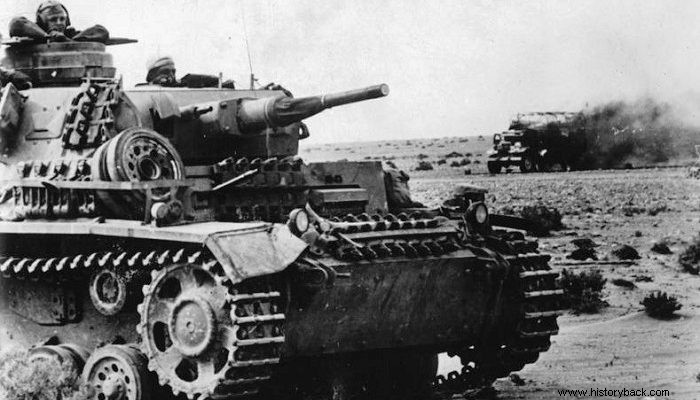
In Germany, as in other countries, at that time, the system of ranking by military district was in force. Each military district was identified with a specific region of Germany. The Panzer Divisions (Panzer Divisions) of the German Army had priority in the recruitment of men, selecting, primarily, men aged 18-25, into their combat units. The age limit in non-combat units reached 35 years.
Africa, however, was a special case. When the order came to deploy the 5th Light Division (21st Infantry Division) to Africa, the division's medical staff put the men through a medical test to determine their fitness for service in the harsh conditions of the African desert. Each soldier was required to take eight quinine pills. Anyone who could not, or whose stomach could not take it, was judged unfit, as in Africa quinine was a necessity, for a malaria epidemic to occur. The men of the 33rd Reconnaissance Battalion were the first to undergo the test.
However, some of those deemed unfit eventually managed to go to Africa and fight.
However, the men who staffed the Afrika Korps units did not come from any particular region of Germany. Even the 21st Infantry Division, whose men originally came from the Landau region, gradually expanded its recruitment limits, with the aim of sending the best available soldiers to Africa. However, even at the height of its power, when the Afrika Korps numbered around 57,000 men, in August 1942 it was still 11,000 men short of the theoretical line-up strength, based on an organizational chart.
Despite medical checks, losses from disease were severe. But battle casualties were also particularly severe, as the German command required a few men to do much more than they could, based on numbers and armament. Usually the divisions of the Afrika Korps fought with half the men theoretically provided for, often forming improvised battle groups, also equipped with British spoils.
Particularly suffering were the men who replaced the first men of the Afrika Korps, who were withdrawn, through death, injury or disease from the line of battle. These replacements had received no training for desert conditions and were simply thrown into one of the most inhospitable battlefields, without any preparation.
To deal with this situation, Rommel preferred to include in his combat units the men of his auxiliary formations, who were in the desert for a longer time, than to rely on the inexperienced replacements. Thus appeared the paradoxical phenomenon of tank units being led by ex-logistics men, who were trained from inside tanks and even performed excellently.
The same was true of non-commissioned officers or auxiliary officers who commanded infantry or anti-tank units on the battlefield, with great success. The old desert fighters soon received the name "Afrikaner" and commanded the respect of even the highest ranks. officers, including Rommel.
Emphasis was placed on the formation of tactical battle groups (Kampfgruppen), but also on flexibility and the ability to concentrate or disperse combat potential, depending on the tactical conditions. Tactical battle groups were, in any case, part of the German way of fighting on the Eastern Front as well, where the units faced adverse climatic conditions as well as an overwhelmingly numerically superior opponent.
In May 1941 Rommel ordered the formation of a Replacement Battalion whose mission was to undertake, on African soil, the training of replacements arriving from Germany. Gradually each division of the Afrika Korps acquired its organic Battalion of Replacements. At Rommel's suggestion, a new training program was also implemented with an emphasis on the doctrine of "more guns, fewer men".
Based on this doctrine all men, regardless of rank, were required to train in the handling of every infantry weapon, but also in the handling of artillery, anti-tank and field guns. In this way Rommel created the ultimate soldier, who, in fact, had no particular specialty, but depending on the circumstances, could be from a cook to a gunner in a self-propelled artillery artillery.
Cooperation between tanks and infantry was also intensified, especially within the framework of panzer divisions. The companies of the organic infantry of the panzer divisions, each evolved into a combat detachment, consisting of every available infantry weapon, reinforced with anti-tank weapons.
At the same time, the infantry of the Afrika Korps were trained to fight based only on the same means , that is, even without tank support, organized precisely into tactical sub-units, capable of fighting either the opposing infantry or the opposing tanks, long enough to give the command the necessary gain of time to intervene.
